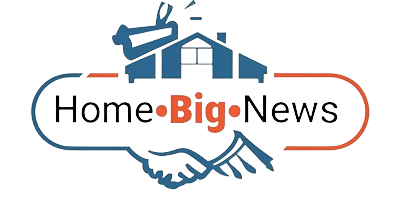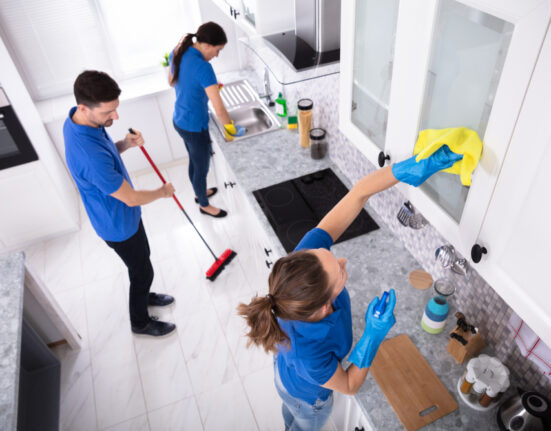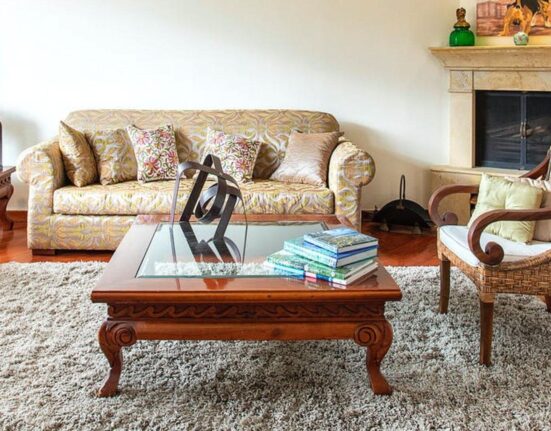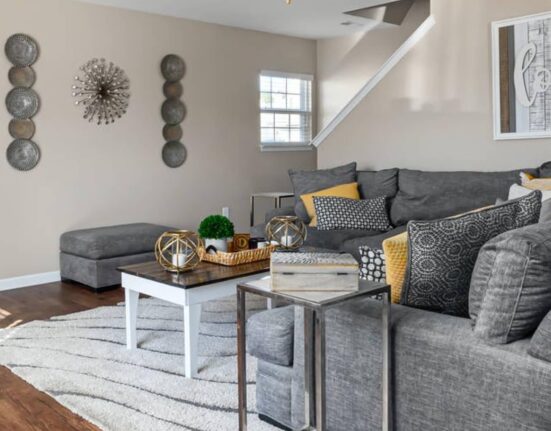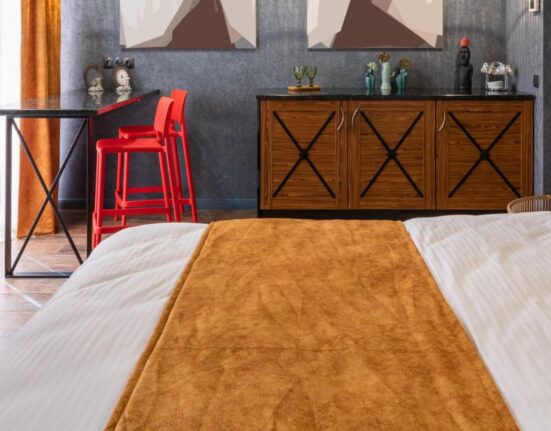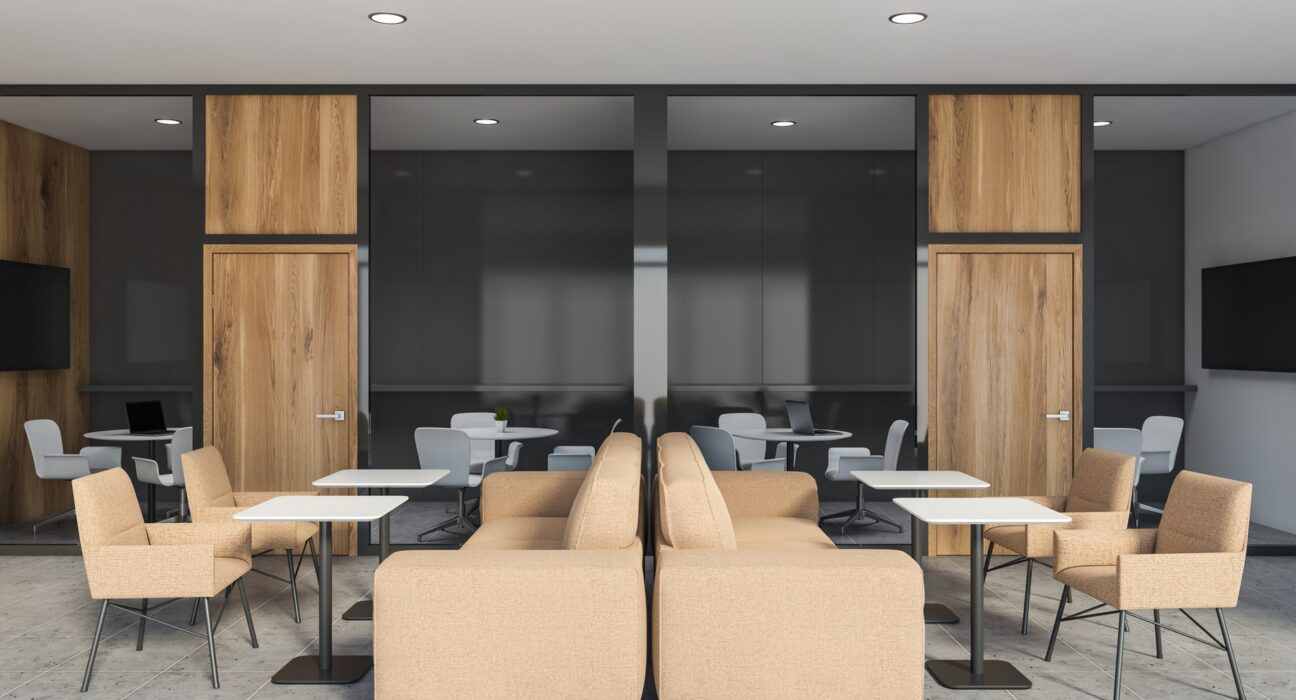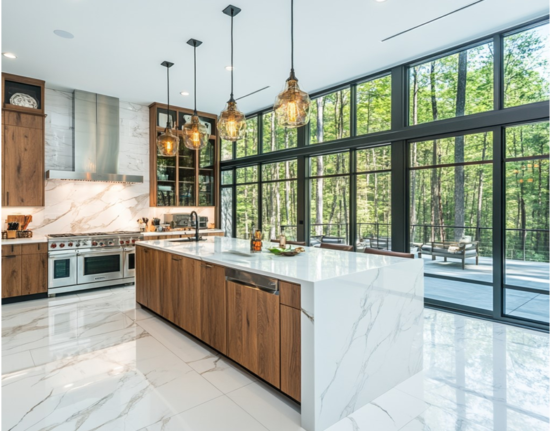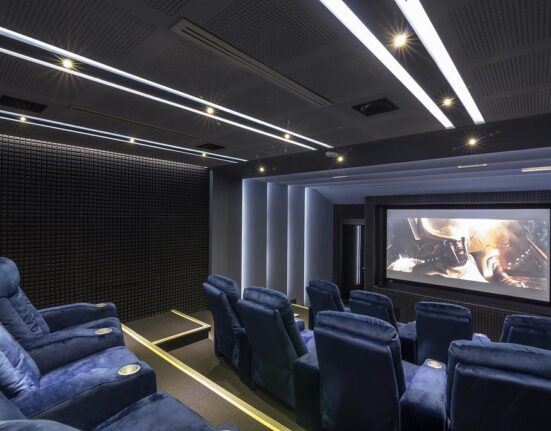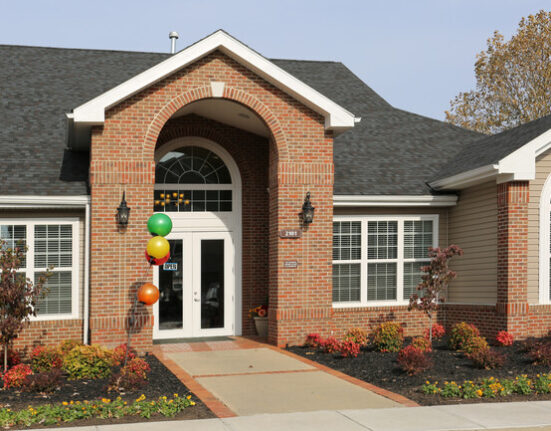Imagine walking into a bustling office on a Monday morning. The hum of keyboards and the shuffle of papers fill the air as employees dive into their work. As the hours pass, the energy in the room begins to fade. The coffee cups are empty, and the once-enthusiastic team looks sluggish. But then, one by one, they make their way to the break room—a space alive with chatter, cozy seating, and a sense of calm. Some grab a snack, others stretch, and a few enjoy a quiet moment. After a few minutes, they return to their desks, recharged and ready to tackle the tasks.
The break room is no longer just a place for a quick snack; it has evolved into an essential part of workplace culture. Companies have realized that these spaces can boost productivity, foster creativity, and improve mental well-being. But what makes a break room effective, and why are they so important in modern work?
The Evolution of Break Rooms
Break rooms have come a long way since the days of simple coffee machines and plastic chairs. Today, they are often designed with employee well-being in mind. Modern break rooms feature comfortable seating, natural light, and a variety of snacks and beverages. Some companies even invest in game consoles, wellness areas, and communal tables to encourage social interaction.
According to a Gensler survey, companies that provide well-designed break spaces report a 15% increase in overall productivity. This shows how much value employees place on having a designated area to decompress and recharge during the workday.
The Psychological Benefits of Break Rooms
Workplace stress is a significant issue, with Gallup research showing that 44% of workers feel stressed on a daily basis. A well-designed break room can alleviate some of this stress. By providing a space to relax, break rooms help employees step away from the pressures of work and return feeling more focused.
Research published in the Journal of Occupational Health Psychology found that employees who took regular short breaks were 33% more productive than those who didn’t. These breaks also improved their job satisfaction and reduced feelings of burnout.
Break Rooms as Social Hubs
A break room is more than just a place to grab a quick coffee; it’s also a place where employees can bond. Fostering workplace culture has become more challenging in today’s increasingly remote and hybrid work environments. The break room, whether virtual or physical, serves as a critical space for employees to connect.
A study by the Harvard Business Review found that companies with solid workplace cultures are 12% more likely to retain employees. Social interaction, especially during informal settings like the break room, plays a significant role in building this culture. Employees who feel connected with their coworkers are likelier to be engaged and satisfied with their jobs.
The Health Benefits of Taking Breaks
Break rooms not only provide mental benefits but also promote physical health. Prolonged sitting has been linked to a variety of health issues, from back pain to increased risks of heart disease. Encouraging employees to take breaks and move around can mitigate these risks.
According to a report by the Mayo Clinic, sitting for long periods is associated with a 125% increased risk of cardiovascular events. Companies can promote healthier habits by providing a space where employees can stretch, walk around, or even do light exercises.
Customizing Break Rooms for Employee Needs
Not all break rooms are created equal. The best break rooms are designed with employees’ specific needs in mind. For example, some companies might opt for a more quiet and peaceful space, while others may create a lively and interactive environment.
An article in Work Design Magazine noted that customizable break rooms lead to 20% higher employee satisfaction. Offering flexibility, such as spaces for quiet relaxation and social interaction, helps meet the diverse needs of a workforce. Introvert employees may prefer a space where they can unwind quietly, while others may thrive in more communal settings.
The Financial Impact of Break Rooms
Investing in a well-designed break room can have a surprising financial payoff. A study by Cigna reported that companies with wellness programs, which often include break rooms, experienced a 6% reduction in overall healthcare costs. Healthier employees take fewer sick days and are more productive, benefiting a company’s bottom line.
Additionally, offering high-quality break rooms can be a recruitment and retention tool. In a competitive job market, offering wellness-focused amenities can differentiate a company from its competitors. According to a 2019 Staples survey, 65% of employees said having access to a quality break room would influence their decision to accept a job offer.
Designing a Break Room for the Future
As the workplace continues to evolve, so too will the break room. With more companies embracing remote work, the concept of a virtual break room has gained popularity. Video conferencing tools like Zoom and Slack are now used to create virtual spaces where remote employees can socialize during breaks. This shift ensures that even distributed teams can benefit from the camaraderie and relaxation of a break room.
However, for physical offices, the future of break rooms may involve more technology integration. Technology will likely play a more significant role in how employees interact with these spaces, from intelligent coffee machines that remember your preferences to apps that allow employees to book time slots in the break room.
Conclusion
The humble break room has become a vital component of modern office life. It’s no longer just a place for a quick coffee run but a hub for relaxation, socialization, and mental rejuvenation. Studies show that breaks positively affect productivity and well-being, so companies should view their break rooms as an investment in their employees’ health and happiness.
In a world where work-life balance is increasingly difficult to achieve, the break room provides a pause—a moment to step back, reset, and return stronger.
